How DO you make puerh?
Conflicting versions abound. From my understanding, puerh making is very simnple — picking of the leaves, kill green, some rolling, and sun-drying. There it is in its entirely, raw puerh maocha is done. Then you steam it (enough to soften the leaves) and press it. Then you have compressed maocha.
Puerh, properly speaking, isn’t quite finished until it’s gone through at least some fermentation. Raw maocha just compressed is more like green tea.
Technically, I think, maocha can be classified as green tea, because it goes through the essential processes that green tea goes through, but there’s a crucial difference in processing temperature, which allows something in puerh tea to retain its bioactivity and continues to ferment naturally (into something that tastes good) whereas green tea of our normal kind is processed at very high temperatures, and the tea gradually loses flavour over time and turns into something nasty.
However, some now process puerh with additional steps such as the withering of leaves and the intentional breaking of leaves (to encourage fermentation before kill-green). This, generally speaking, is what you do to tea that is destined for oolong. This process creates honey or fruity like aromas, along with lower bitterness and astringency (relative to raw puerh). It makes a nice tasting tea right away… which will mean the tea is easier to sell. It also means you have something more like oolong, and the aging prospects…. are suspect.
There are other raw puerh that are processed like green tea, and tastes like green tea (a la longjing type green tea). They might not age as well either. The jury’s still out on the long term prospects of these teas. Xiaguan mixes some of them into their tuocha, but it’s only a certain percent, not 100% of it. What happens to these things 20 years from now?
This is what we were debating in the Best Tea House today with Rosa and Tiffany. We don’t really know. Nobody seems to really know. So many developments are so recent that nobody really could figure out what’s a good way of making puerh, what will really age well, what won’t, etc. I’ve heard at least 10 different versions of what makes a tea a good tea for aging. The only common point so far is that it should be strong, somehow. If the tea is mild and weak right now, it won’t do well (Yiwu is weak in many respects, but not in chaqi and thickness of the tea). Is that the only indicator of a good raw puerh?

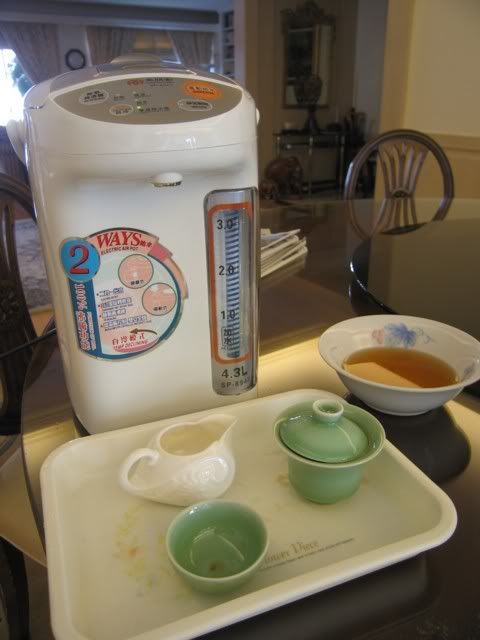
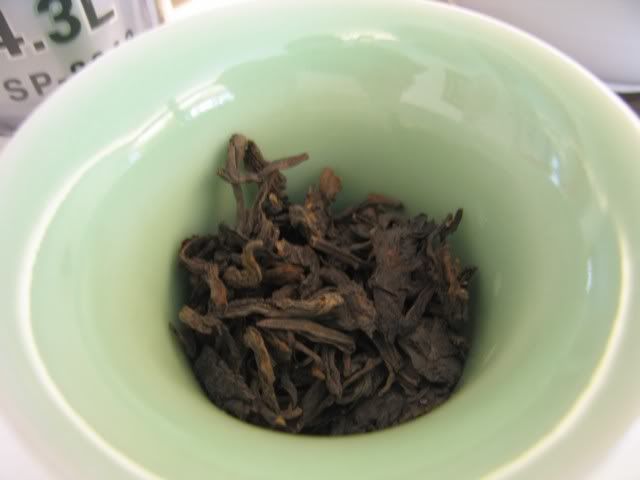
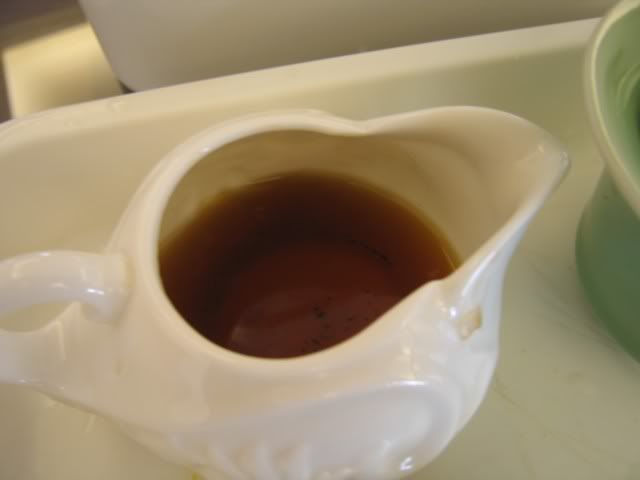
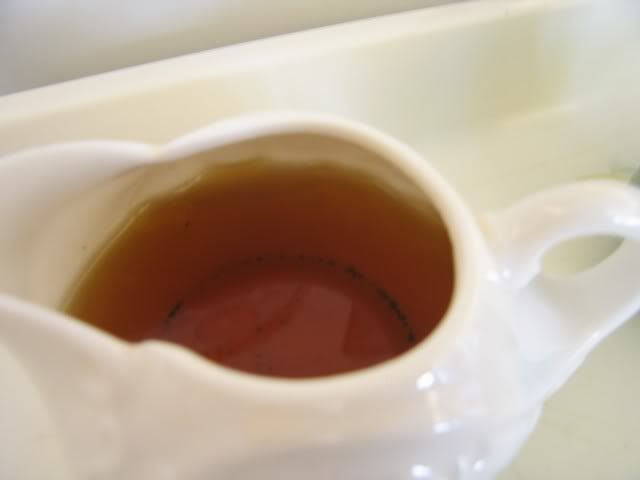
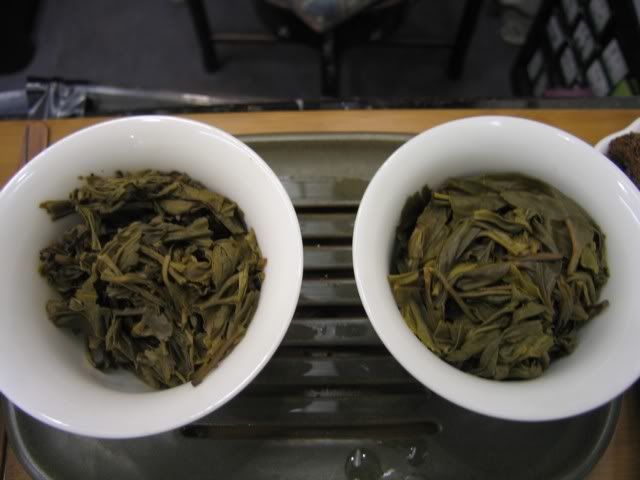
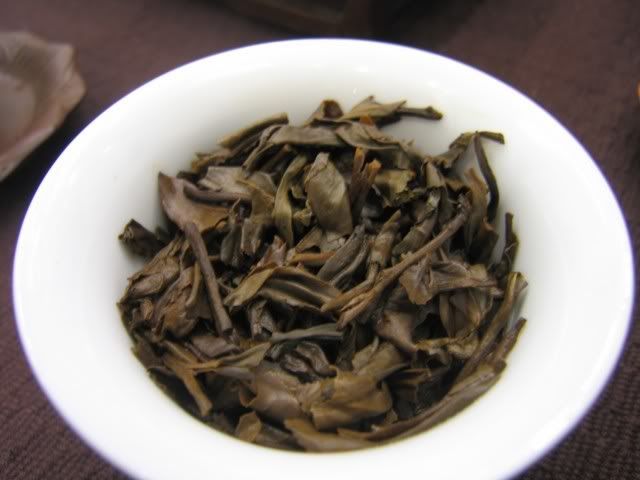
Interesting.... would 250C in my oven work?